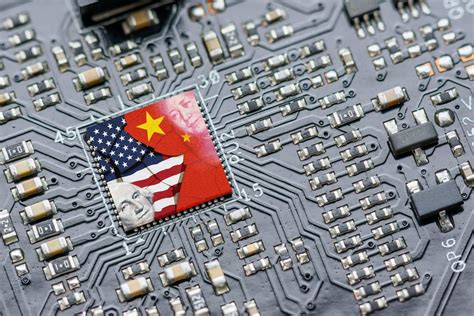The recent decision by the US government to revoke licenses for Intel and Qualcomm to sell chips to Huawei has sent shockwaves throughout the global semiconductor industry. With comments from users highlighting the interconnected nature of the US-China trade war, technological advancements, and economic impacts, it is clear that this move signifies a critical shift in the landscape of chip manufacturing.
While some users argue that China’s ability to innovate and advance technologically could potentially lead to self-sufficiency in chip manufacturing, others point out the challenges and complexities involved in achieving parity with Western companies. The debate around chip design, lithography technologies, and strategic investments reflects the intricacies of the US-China chip war.
The user comments also shed light on the historical context of similar trade disputes, such as the US-Japan tensions in the ’80s, and how these conflicts have shaped the trajectory of technological progress. Issues of IP theft, anti-competitive behavior, and national interests come into play, painting a picture of a high-stakes game with far-reaching consequences.
As the US and China navigate this new phase of the chip war, questions arise around the future of semiconductor manufacturing, market competition, and consumer choice. The potential for lower cost hardware, increased availability of chips, and the impact on major players like Intel, Qualcomm, and Nvidia add layers of complexity to the unfolding narrative.
The nuances of geopolitics, economic strategy, and technological prowess underscore the multifaceted nature of the US-China chip war. Whether China’s trajectory towards technological independence will disrupt the dominance of Western companies, or if global market forces will shape a new era of semiconductor innovation, remains to be seen. The interplay between regulations, innovation, and market dynamics will continue to define the evolution of the semiconductor industry.


Leave a Reply